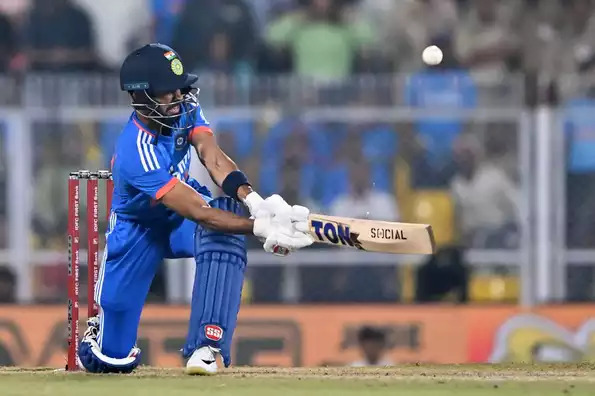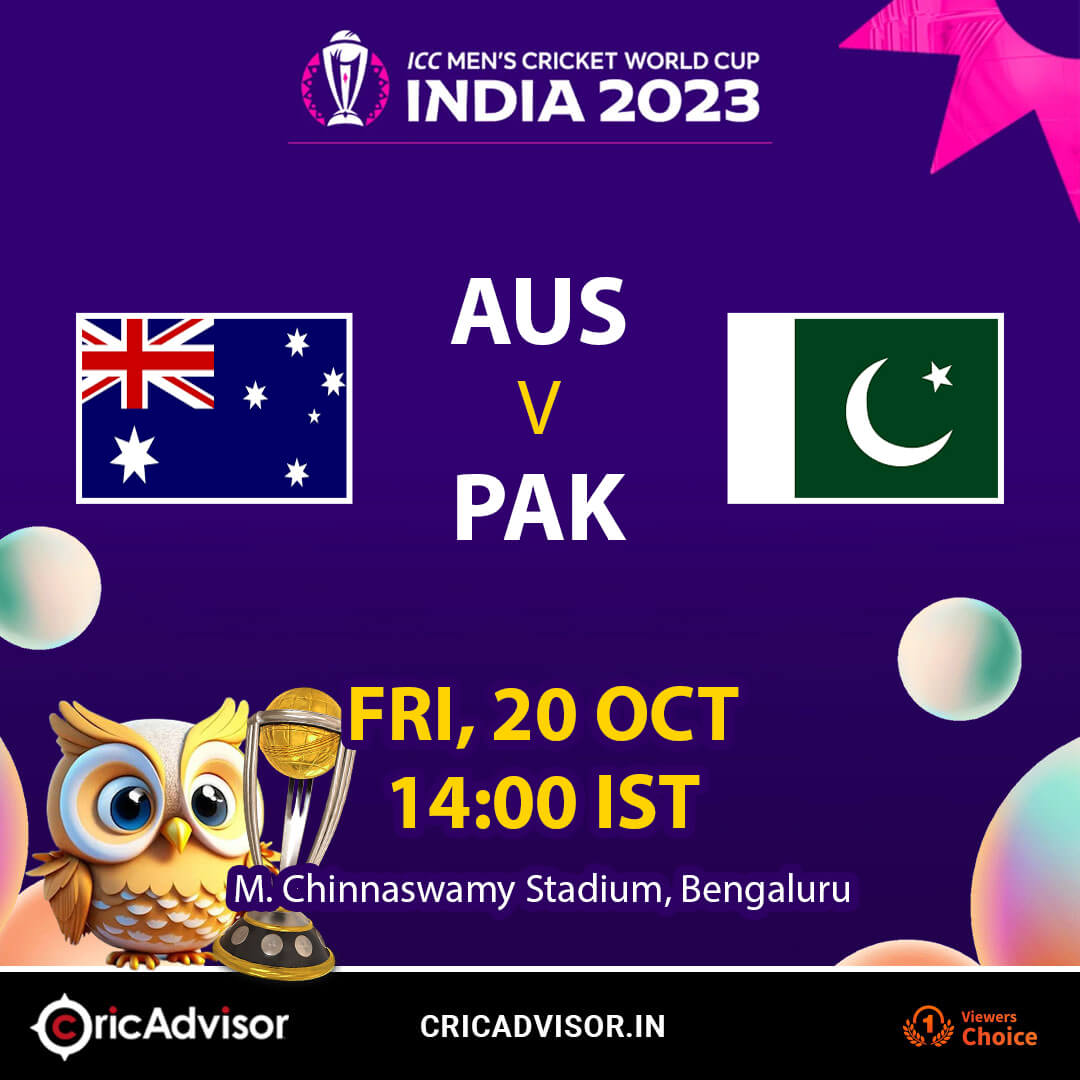
Following his first Twenty20 International century for India, Ruturaj Gaikwad entered the press conference with an expression of complete passivity. It was early on difficult to determine whether his team had won or lost the match, as he described the shifting conditions and the dilemma it presented for India.
“Initially I thought it was a bit tacky, the ball was stopping a little, and there was some movement in the air and off the pitch. The first two-three overs, the wicket was like that, and we lost two wickets in one over. It was important to stitch a partnership but after 7-8 overs the wicket got better.”
Gaikwad explained his abrupt ascent following his initial twenty-odd deliveries as a means of acclimating to the pitch and establishing a foundation for a partnership, prior to facing the aggressive Suryakumar Yadav, who had yet to commence his innings.
“You cannot tend to lose three wickets in the powerplay. Knowing that Surya was there [and] he will play his shots, my plan and the communication was simple – that I will bat for a short span of time and [then] take the innings on.”
Gaikwad was quick to acknowledge Australian batsman Glenn Maxwell, whose innings was unquestionably the turning point of the match, particularly considering the equation at the time he strolled out to bat, despite the latter’s enormous total of 222/3.
Australia, who were down 68 runs after Maxwell’s dismissal at no. 4 in the powerplay, lost their third wicket and needed another 155 runs within 13.4 overs to salvage the series. Maxwell scored the joint-fastest century in Twenty20 International history for Australia off 47 deliveries in order to orchestrate an explosive last-ball pursuit.
“I think Maxi batted really well, and to win from a situation where they needed 100 from seven, seven-and-a-half overs, and then 50 from three overs, it was a creditable innings from him.”
Gaikwad, on the other hand, defended India’s death bowling by highlighting the difficulty of grasping a damp ball in the outfield due to the quantity of dew, drawing a comparison to the Australian bowlers’ struggles in previous matches.
“Our bowlers tried executing what they had in their control, and the dew was making the ball slip, so it was tough for the bowlers as well. Even though we scored 230 in the last game, in between we felt the match will go till the last over, so with this kind of dew, these totals are bound to happen and bound to be chased.
“I don’t think death bowling is a concern. In these conditions, 12 runs an over, and even 13-14 runs an over is gettable. Even in the first game, we saw how easily we managed to chase 210. The conditions are slightly tougher for them so we have to accept that and move on.










